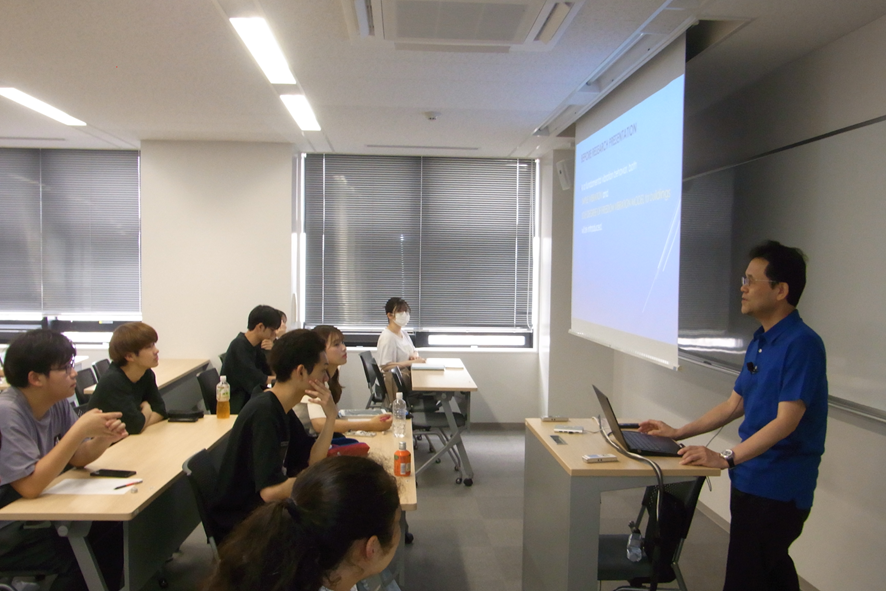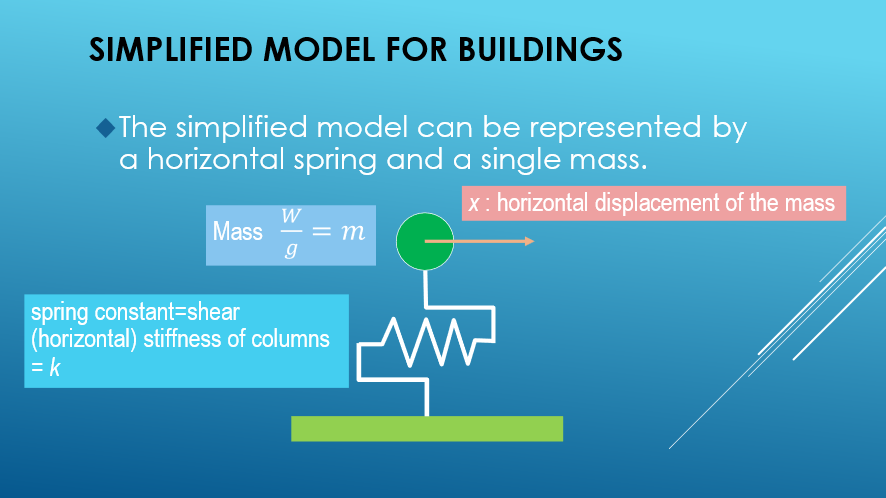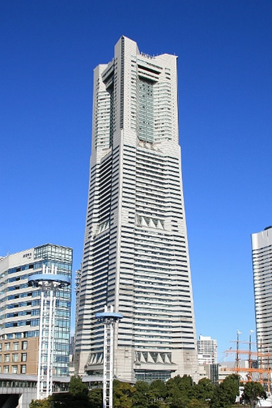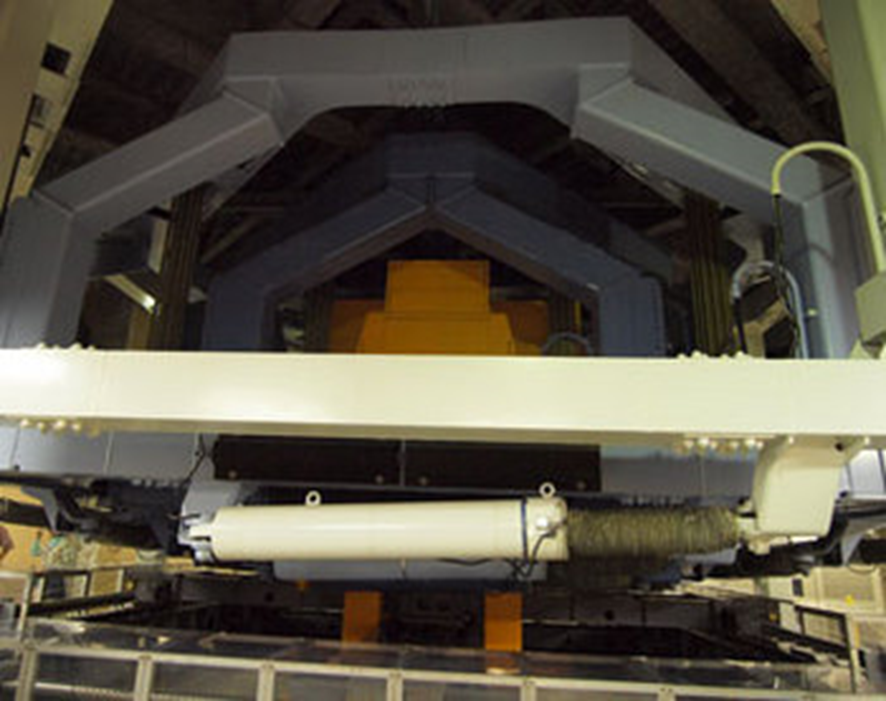[理工学部、建築・環境学部教養学会ミニ講演会] (第67回理科系学生のための公開英語講演会)
On the Vibration of Buildings:A Case Study of the Reliquary Hall of Engakuji Temple
建築物の揺れ: 円覚寺舎利殿の例から
講師: 建築・環境学部
高島 英幸 先生

When architects construct a building, it is vitally important that its structure is so designed that the building would be resistant to vibrations caused especially by strong earthquakes, which is quite understandable if we consider the fact that the collapse of buildings due to major earthquakes could directly lead to death and injury of a great number of citizens. As an episode showing how important it is for the human society to be conscious of the destructive effects of earthquakes, we remember the news from Italy that six Italian scientists and a government official were sentenced to six years in prison for issuing a “declaration of safety” just before a major earthquake struck a town of L’Aquilla (Vox Populi, Vox Dei, Hara Shobo (2012)).
On June 17th, 2024, a regular session of the English Lecture Meeting for Science Major Students was held under the sponsorship of the Academic Society of Faculty of Liberal Arts, inviting Dr. Hideyuki Takashima, a professor in the College of Architecture and Environmental Design to give a lecture with the above title. Dr. Takashima is a leading researcher in the field of Structural Engineering of Buildings, who has been engaged in research on structural behavior of ancient buildings, especially their vibrations under the conditions of earthquakes for many years. This session was the 6th opportunity on which the lecturer gave a talk with the title above to the audience, many of whom were students of architecture. This event gave the audience a great opportunity to reconsider the importance of resistance of buildings to earthquake motions.
Dr. Takashima started this lecture by introducing “simple harmonic motion,” a preliminary notion needed to understand vibration of buildings in general. Assuming the notion of simple harmonic motion, the lecturer went on to explain the motion that buildings show under earthquakes. Usually, when buildings are subjected to earthquake motions, they tend to sway in the horizontal direction, where being deformed, they tend to have a shape of parallelogram known as the form of “shear deformation.” Interestingly, when the inertia force caused by the motion of earthquakes is calculated, the weight of a building is assumed as that of only its upper half portion.

After this brief description of the motion of buildings under earthquakes, Dr. Takashima showed that it can be represented by the following simplified model, where the mass on the spring is restricted so that it can move only in horizontal direction:

Having depicted the motion of buildings in general under earthquakes as preliminary knowledge to understand the main topic of this lecture, the lecturer started to describe an ancient wooden architecture the Reliquary Hall of Engakuji Temple, the sole national treasure building in Kanagawa Prefecture.
Based on his on-site investigations of the architecture, Dr. Takashima specifically elaborated on various topics including its history, the fashion in which it was constructed, its structural properties, materials used for its individual parts, its expected behavior under earthquakes, and so forth.

In the subsequent Q and A session, Professor Takashima answered all the questions asked by the audience represented by the following:
Question
I learned in the text that the technology of Added Mass Control Mechanism is adopted for assuring the earthquake-resistance of Tokyo Sky Tree. My question is whether this technology of resistance to earthquakes is adopted also for buildings in foreign countries or it is unique to Tokyo Sky Tree.
Answer
Such ‘mass dampers’ as you mentioned is one of the effective devices for protecting high-rise buildings from earthquake motions; and their technique has been studied for over 20 years. Your question reminds me of the cases of tuned mass dampers installed in large-spanned dome structures, where the dampers are placed on the nodal points for the purpose of rendering the structures resistant to earthquake motions. The study has been conducted to find how the mass can be distributed over the surface of a dome with the optimal arrangement.
The mass dampers have been used for buildings in Korea, China, European countries and the USA, as well. In the Middle East, especially in Dubai, such devices are adopted for extremely tall buildings. In the same vein, we could mention Landmark Tower in the Minatomirai district in Yokohama City as another case of a high-rise building equipped with tuned-mass dampers.









